Katāri - the Art of Knife-Fighting
A dead foe is a harmless foe.Katāri is a martial arts fought with two daggers, combining quick strikes with grappling to dispatch their foes. Violence is the heart of the style; an enemy overwhelmed cannot retaliate. Katāri is popular in places where it would be impractical or illegal to wield weapons, while everyone uses daggers in day-to-day life. Katāri is practiced both as a sport and for combat, each despising the other as lesser.
Form and Function
When in doubt, a knee to the groin tends to even the odds.Katāri is an aggressive style of fighting, focused on simplistic brutality with its every move. Stabs are favored over slashing, aimed to either kill or disable. Practitioners use grips, pulls, and trips to drag foes off-balance and strike when they cannot defend. Footwork and feints are used to close the distance and as the style's primary defense. Parrying or blocking is rarely used, save against Katāri stylists. The grapple and clinch are some of the most effective techniques of the style. Strikes and feints create openings, then grappling neutralize the opponent's ability to strike back. Once in the grip of a Katārian, the small blades are used for short and brutal strikes. Because of this, Katāri practitioners are equally comfortable on the ground as standing, with a few variants using their daggers for submissions. The best Katāri practitioners blend the transition between grappling and striking, setting up one behind the other. Some Katāri uses serrated or hooked daggers to make such maneuvers even more effective, while traditionalists prefer the simple, double-edged blade. The viciousness with which Katāri can deliver punishment has earned it a reputation for savagery. Masters of the art maintain that it is preferable to be rude and alive rather than polite and dead.
To the Katāri, there no fighting dirty. There is only winning or losing, living or dying.
Ceremony and Sport
Sport Katāri is nowhere near the sensation that Saen-Kaw is, but in city-states with strong martial traditions, matches held almost every week. In Dhanû, Katāri is nearly Saen-Kaw's equal in popularity. In such places, tournaments and competitions between schools and variants of the style places attract much attention. To train with a great master is a matter of prestige, and money flows into the coffers of any school who can leverage their victories into tales of skill. Duels are not a matter of honor or skill, but also of wealth and reputation. The most popular Katāri are those who know not only how to fight, but how to sell the fight.
Knife-Fighting Society
Katāri schools have a complicated relationship with one another. They compete over students, money, and prestige, often bitterly. Feuds between schools can lead to brawls in the street. Arguments over which style has merit continue without end between students and masters alike.
To some use Katāri, such feuds are signs of decadence, that the true killing purpose of the style has been forgotten.When these feuds lead to death, they become infected with violence. One retaliation leads to another, while other schools take sides.
Such grudges fester, long after the reason for them have been forgotten.At the same time, there is a sense of camaraderie and pride when pitted against other martial arts or other forces. More than once, bitter rivals have come to the other's defense when one of them was handed a defeat by a outsider.
Dagger-Dance
The Dagger-Dance is a form of ritualized combat, a duel fought between two masters of Katāri. It takes place in a shrinking platform, usually with students removing chairs or tables as the fight goes on, testing the fighters' footwork and agility. It is traditionally fought to first blood or until one of the challengers fall from the platform. Duels to the death do happen, but are somber affairs without the theatrics that typically accompany a Dagger-Dance.Styles of Katāri
Katāri comes in several different variants, with different approaches or equipment, but all sharing the belief that all others are inferior. Below are some common variants: Katāri-Ka trades always use one long dagger and one forked dagger. They focus less on blitzing strikes and more on counters and grappling. Katāri-Sah feature by far the most controversial of additions in the view of other Katāri; throwing their daggers. Wise practitioners carry spares. Katāri-Kata is the most common sports version. They do not train to kill, but only to hit. Grappling and clinches that neutralize are defensive techniques, while learning a clinch-guard that keep them safe while on the receiving end. They train exclusively to fight other Katāri. Katāri-Mana is focused only on the kill. Eye-gouging, groin-strikes, poisoned blades - the Mana have a reputation as killers willing to do whatever it takes to win. It is a small style, often forbidden by masters concerned with how their Katāri appears to wealthy clients.
Training
Katāri practice is generally divided into two: striking and grappling. Strikes are practiced first against static targets or dummies with limbs that move on a hinge. Katāri always practices this with wooden clubs rather than knives, and bringing a blade to practice is to announce a challenge. Grappling take place on hattick weave mats, focusing on technique first and strength second. Training is grueling, and break those who can't keep up. When they are not practicing, they are sparring. Katāri of the traditionalist school of thought tend to go hard during spars, and injuries are common. Others, particularly those with students that are the children of wealthy merchants or powerful nobles, have learned the value of restraint.Jumping Strikes Leaping attacks are high risk and high reward techniques. A downward stab from a jump can be devastating, more than capable of killing or incapacitating an opponent. Improbably executed, it leaves the martial artist vulnerable to be intercepted or countered while off-balance. For this reason, jumping attacks in Katāri are usually done to display superiority over an opponent. It is sometimes dismissed as simple showing off, but elite Katāri fighters can incorporate them more freely into their attacks to lethal effect.



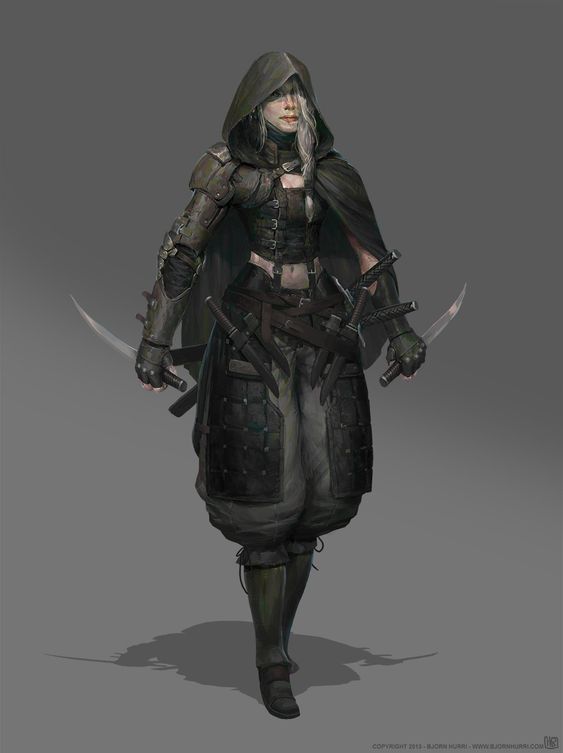
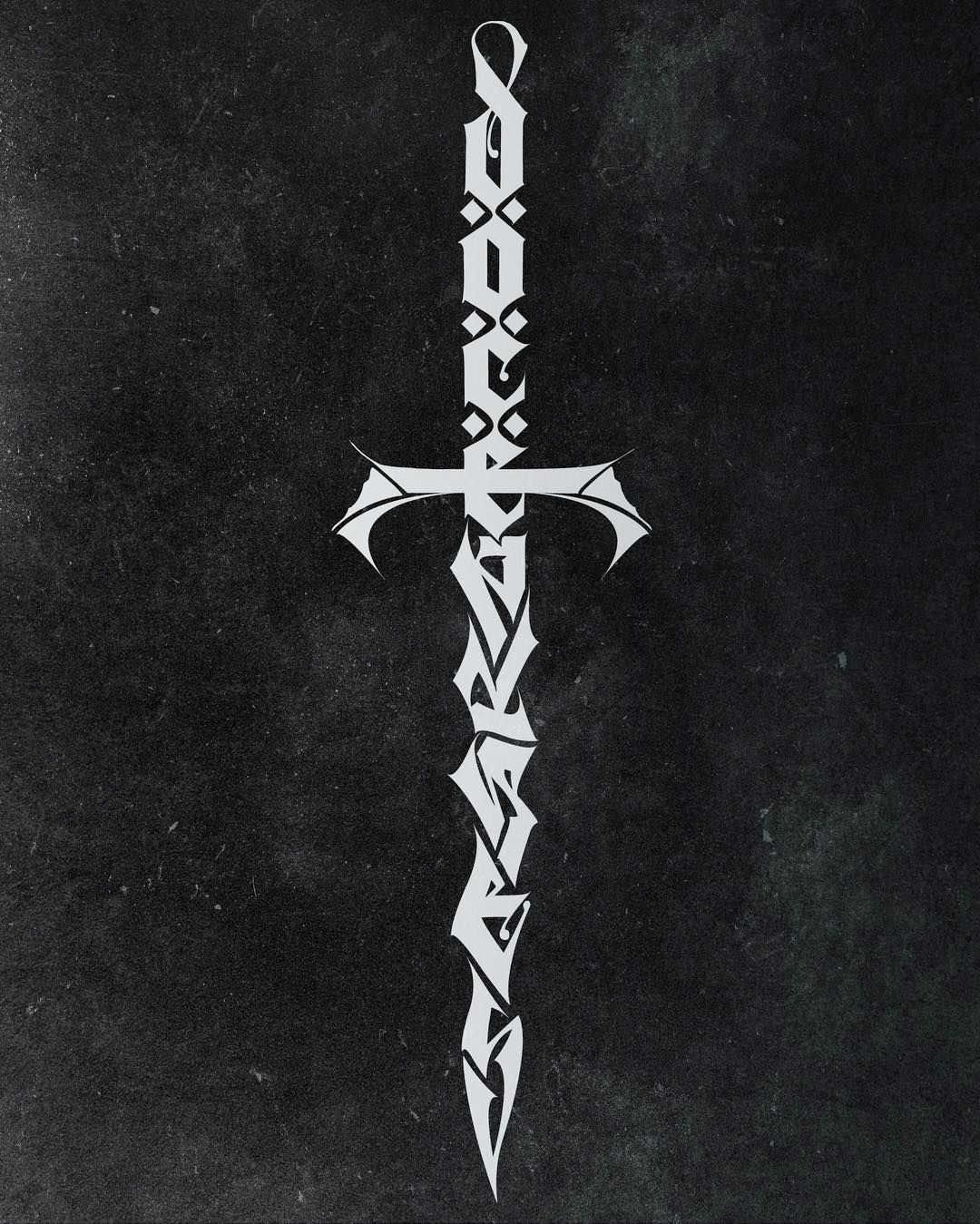
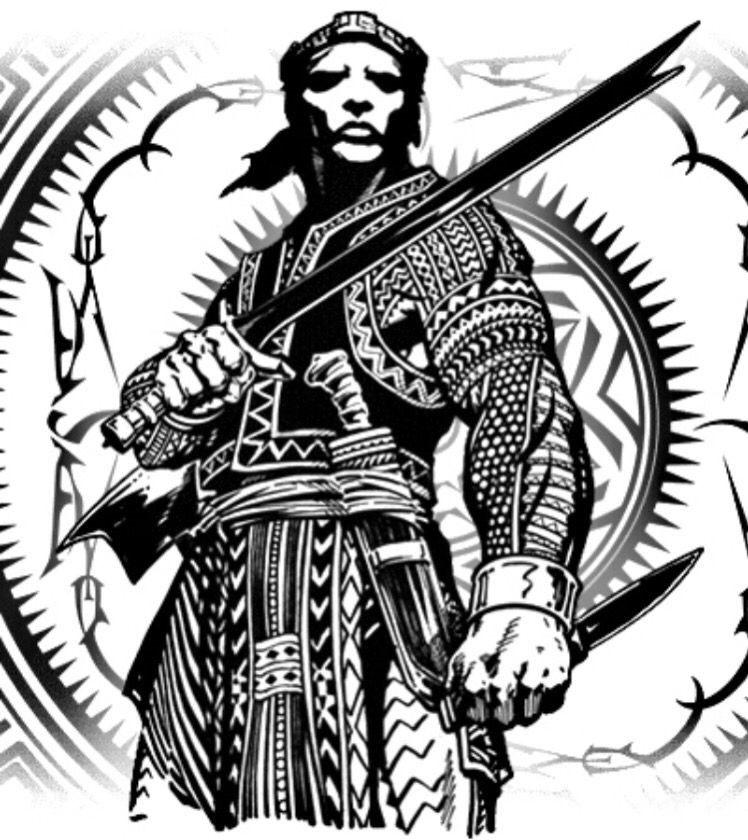
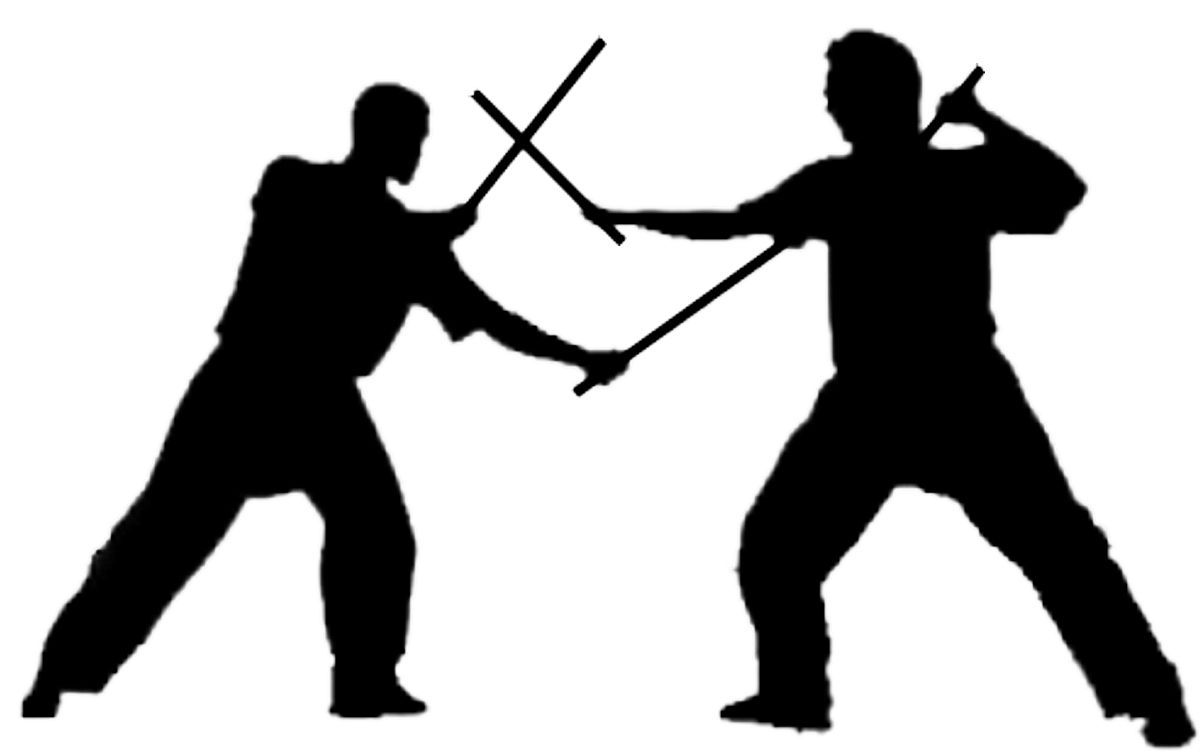
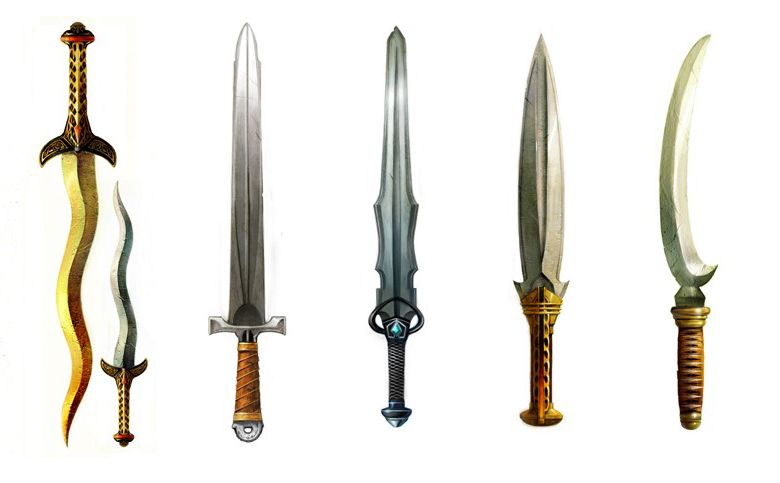






Uuhh, these golden daggers look fancy. I recognize similarities to fencing. Are they intended? And are there special suits for sports-Katari, like the Budos of most Asian martial arts?